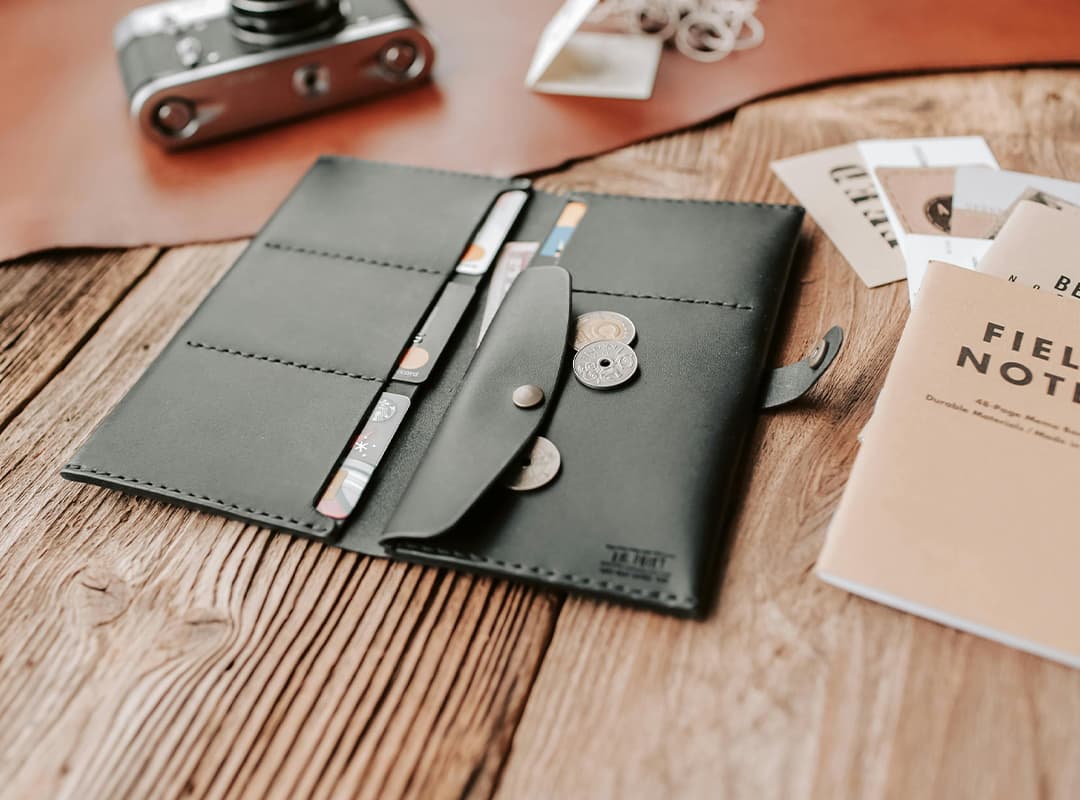Bimetallic artifacts have fascinated collectors and historians alike due to their unique composition and historical significance. These objects, made from two different metals, have been used throughout history for various purposes, from currency to ceremonial items. Let’s explore the journey of bimetallic artifacts from ancient times to the modern era, highlighting key milestones and developments.
Ancient Beginnings
The history of bimetallic artifacts dates back to ancient civilizations. Early examples can be found in the form of coins and jewelry, where metals like gold and silver were combined to create items of both aesthetic and practical value. The use of two metals not only enhanced the durability of these items but also allowed for intricate designs and added value.
The Middle Ages and Renaissance
During the Middle Ages, bimetallic artifacts became more prevalent in Europe and the Middle East. One notable example is the use of bimetallic coins, which featured a core of one metal and an outer layer of another. This period also saw the rise of ceremonial and religious items made from bimetallic materials, reflecting the artistry and craftsmanship of the time.
The Industrial Revolution
The Industrial Revolution marked a significant turning point in the production of bimetallic artifacts. Advances in technology, such as the development of the Schuller presses, allowed for the mass production of coins and other items with greater precision and consistency. This era also saw the introduction of bimetallic tokens, often used as company scrip to pay workers in lieu of cash, which could be redeemed at company stores.
The Modern Era
In the 20th and 21st centuries, bimetallic artifacts have continued to evolve. Modern minting techniques have enabled the production of highly detailed and secure bimetallic coins, which are now used by many countries around the world. These coins often feature a central core of one metal, such as nickel or copper, surrounded by a ring of another metal, such as brass or bronze.
Bimetallic medals and commemorative items have also gained popularity among collectors. Auction 62, a renowned auction house, has seen some of the rarest and most valuable bimetallic coins and medals pass through its doors, highlighting the enduring appeal and value of these unique artifacts.
The history of bimetallic artifacts is a testament to human ingenuity and creativity. From ancient jewelry to modern commemorative coins, these items have played a significant role in various cultures and economies. As technology continues to advance, the future of bimetallic artifacts looks promising, with new innovations and designs on the horizon. Collectors and enthusiasts alike can look forward to discovering and preserving these fascinating pieces of history for generations to come.
Whether you’re a seasoned collector or a newcomer to the world of bimetallic artifacts, understanding their rich history enhances the appreciation of these remarkable items. Keep an eye on upcoming auctions, such as those by Auction 62, to find unique pieces that can add historical value and beauty to your collection.



